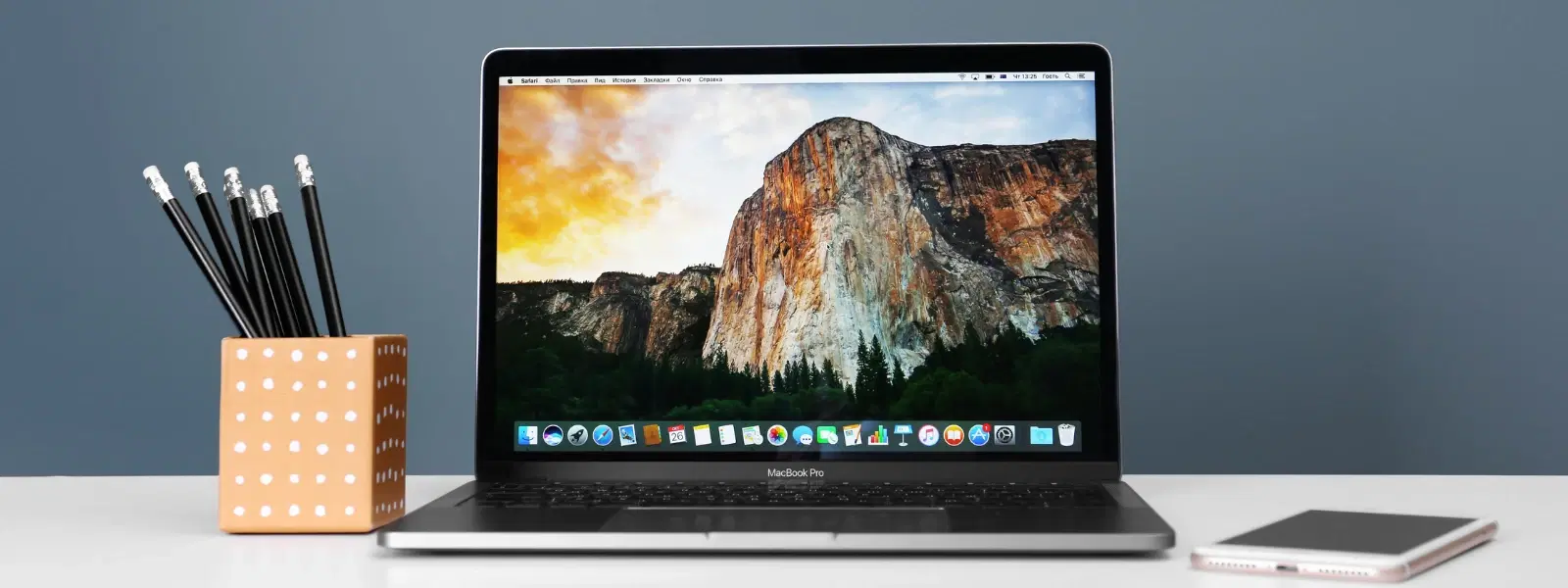
Consumer Electronics
•03 min read
Git is the backbone of modern software development, empowering teams to collaborate seamlessly. Before you can harness its power, it is essential to install it correctly on your Mac. This guide provides a step-by-step checklist on how to install git in mac so that you have a fully functional Git setup to streamline your development workflow.
Before beginning the installation of Git on Mac, ensure that your version of macOS is compatible. To check your system version, navigate to System Preferences > About This Mac. This step is crucial as it confirms that your environment supports the latest features and security updates of Git.
Xcode Command Line Tools offer many utilities required for a smooth mac git installation guide. You can install them by opening the Terminal and typing:
xcode-select --installHomebrew is a popular package manager that simplifies the process of installing and managing software on your Mac. Follow these steps to install git on mac using Homebrew:
Open the Terminal and install Homebrew:
/bin/bash -c "$(curl -fsSL https://raw.githubusercontent.com/Homebrew/install/HEAD/install.sh)"Install Git by typing:
brew install gitVerify the installation with the following command:
git --versionMacPorts offers an alternative to Homebrew for those preferring another method. To install git via terminal mac using MacPorts:
Ensure MacPorts is installed on your system.
Install Git by typing in Terminal:
sudo port install gitAgain, verify your installation by running:
git --versionFor those preferring a more guided installation process, you can download git for mac using the official installer. Visit the official Git website and select the macOS installer to begin the download.
Once the installer is downloaded, follow the on-screen instructions carefully to complete the installation. After installation, open the Terminal and check your setup by running:
git --versionThis confirms your git setup mac is complete.
After installation, it is important to configure Git to personalise your development experience. To do this, set your user name and email address by entering the following commands in the Terminal:
git config --global user.name "Your Name"
git config --global user.email "your.email@example.com"You can check your settings by typing:
git config --listIf you need to update any settings, simply run the commands above with the corrected information. This aids in maintaining a smooth git configuration mac process.
Begin by initialising a repository on your system. In the folder you want to track, type:
git initThis action creates a new Git repository and is the first step toward practising basic version control.
Once your repository is established, experiment with essential Git commands to familiarise yourself with version control. Important commands include:
git add - Stages changes for commit.
git commit - Records the changes. For example run: git commit -m "Initial commit"
git status - Displays the current state of the repository. This is useful for checking the progress of your work.
git log - Shows the history of commits, aiding in tracking changes over time.
Expert Tip: Simplify Your Workflow with Aliases
Did you know you can create shortcuts for common Git commands? For instance, setting up git st as an alias for git status can save you valuable time. Simply use the command: git config --global alias.st status. This small tweak helps streamline your git tutorial mac process and improves your overall workflow.
The easiest method is using Homebrew. Install Homebrew first, then run the command brew install git in the Terminal.
Open the Terminal and type git --version. This command will show the version number if Git is installed.
Yes, you can download git for mac through the official installer available from the Git website and follow the installation instructions.
Yes, these tools are required for Git to work properly. Install them using the command xcode-select --install.
After installing Git, set your user name and email by running the following commands: git config --global user.name "Your Name" and git config --global user.email "your.email@example.com".
Installing Git on your Mac is straightforward and offers multiple methods to suit your preferences. Whether you choose Homebrew, MacPorts, or the official installer, you now have a clear mac git command line guide to follow. This process, along with configuring additional aspects of Git such as user settings and basic version control commands, ensures you are prepared to tackle development projects efficiently. As you progress through your journey, remember that platforms like Tata Neu offer more than just tech guidance; they provide rewards like NeuCoins, which you can earn with every transaction. Enjoy the simplicity of technology combined with the smart perks of shopping on Tata Neu.